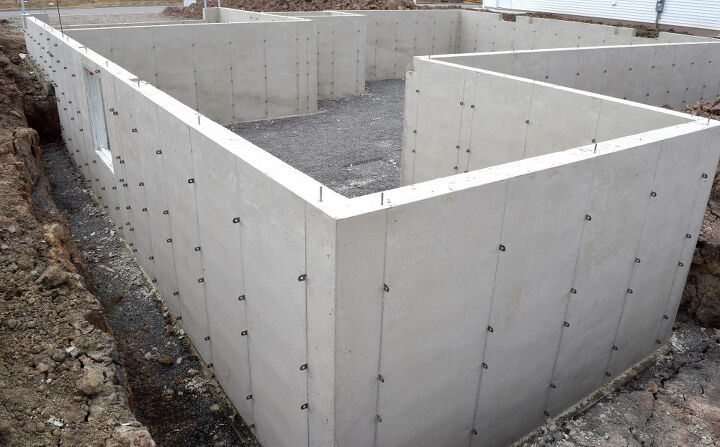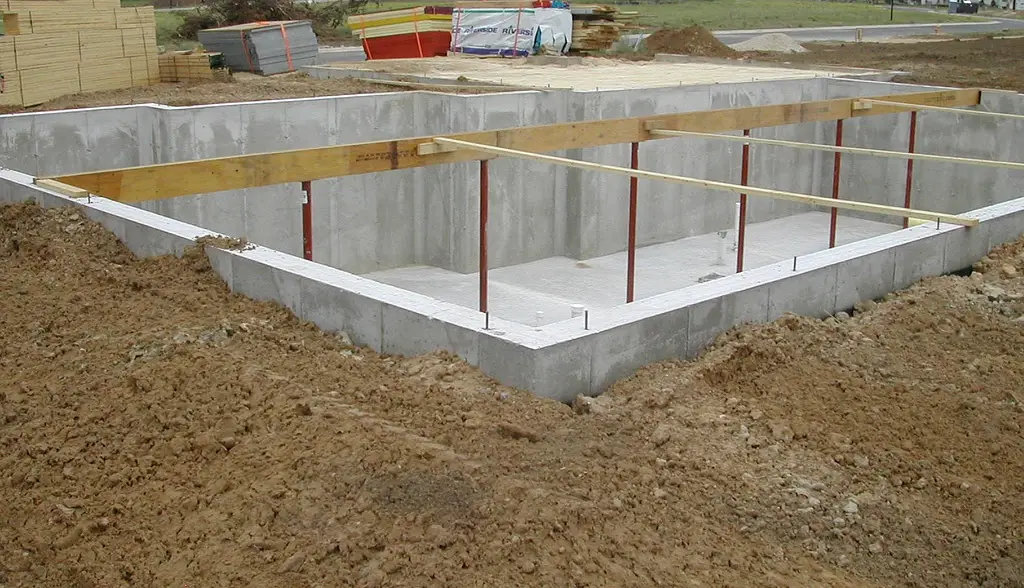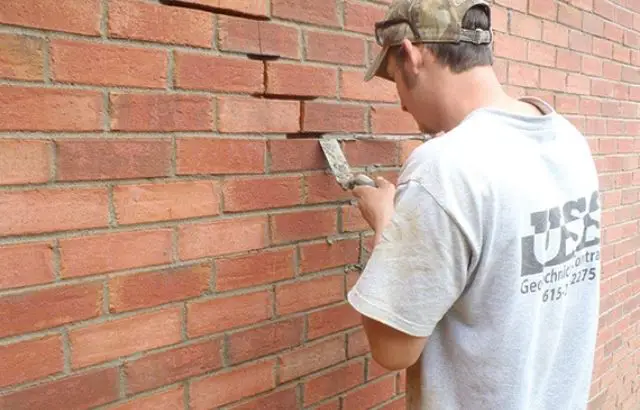When you want to divide up your available space by building a basement, make sure you plan ahead of time. These additional rooms involve various unique components, assuming the basement is already cemented. Framing the walls, connecting the electricity, installing the heating, hanging the drywall, painting the walls, and laying the floor are all part of this process. To build a basement successfully, follow these procedures. In this guide, I will discuss how to build a basement.
What to Consider when Building a Basement
/cdn.vox-cdn.com/uploads/chorus_image/image/65889799/iStock_996232320.8.jpg)
Before deciding which product to use for your new basement, consider these six important features associated with basement construction and design.
Energy efficiency
When building a basement, builders should choose ICF walls that will keep the space comfortable in winter and summer. Basement walls constructed using ICF exceed the requirements of the energy regulation by reducing energy consumption by 20 to 50 percent compared to other variants of basement walls, such as cast concrete.
- ICF walls have a high thermal mass, offer a continuous air barrier, and have an R-value greater than 22 – significantly higher than cast concrete walls with an R-value less than R3 that must be bonded and insulated to meet the standard’s criteria.
- ICF basement walls save money by consuming significantly less energy, reducing monthly heating and cooling bills. The ICF walls also allow for smaller-scale HVAC equipment, which reduces the cost of new construction.
- Walls that are ICF do not require strapping, additional insulation, or vapor barrier.
Disaster resilience
Disaster-resistant cellars can mitigate the effects of ever-worsening weather events and forest fires. Disaster-resistant construction also reduces environmental and financial costs for rebuilding and repairs.
- ICF wall systems are the ideal product for building disaster-resistant basement walls.
- ICF walls are reinforced concrete that may be constructed to provide a safe home place.
- Structural ICF integrity and fire resistance safeguard the home and family from tornadoes, hurricanes, forest fires, and other extreme weather events.
Leak-proof walls
Due to the durability of the house and the health of its inhabitants, the walls of the basement must not allow water to penetrate, which can cause mold and rot. Mold can pose serious health problems, and rot can impair the home’s integrity. In addition, moisture prevention reduces the homeowner’s long-term maintenance and repair costs.
- ICF walls together with the basement waterproofing membrane and a reliable drainage system significantly reduce the possibility of moisture penetration. ICF foundations also provide twice the compressive strength (shrinkage resistance) than conventional cast concrete foundations; therefore, ICF has less chance of moisture penetration than cast concrete.
How to Build a Basement

Sketching
Create a room layout from a sketch. Make an accurate measurement of the place where the room will be built. Allow natural light to enter by opening windows that have already been installed. You will run the cable from the switch box and the stovepipes into this room, so consider this when designing the room. Consult an electrician and plumber for greater safety at this stage.
Wall Framing
Place ceiling beams or floor beams for the floor above for wall framing. The wall frame consists of top, bottom, and columns. The top plate will be nailed to the ceiling beams with a shotgun.
Concrete nails will be used to secure the bottom plate to the concrete. The pins have a center of 16 inches. The top and bottom plates will be directly on top of each other, and the pins between them will run vertically. For wall frames, use 2″ x 4″ lumber. Use only the straightest parts. The door should be inserted into one of the walls.
Wire
Connect the Romex cable, junction boxes, and sockets to the electricity in the room. Launch Romex from the circuit breaker main panel into the room. Connect all sockets to the same circuit. Nail the plastic back boxes to the pins. To allow the wire to run through the walls, drill holes in the posts. After connecting the first box, route the other cable to the next socket.
Heating the pipes
- Make the connection to the main pipe suitable and screw the metal pipe into the frame wall.
- Once the pipe is in place, support it in the wall by nailing the blocks to the posts to Include apertures for ventilation.
Plasterboard and paint
Once the room is decorated, connected, and heated, it’s time to rebuild the exterior walls. Buy 0.5 ” dry plasterboard to decorate your entire room. Measure it carefully and punch the proper holes in the plasterboard using a kitchen knife. Fasten it to the posts and boards with plasterboard screws. Use gypsum tape and sealant to seal the gaps in the room when the drywall is ready, paint the room as you wishes.
Floors and decorations
The last thing you need to do is cover the room with carpet or install the desired type of floor. The room is then ready for use, provided that all systems are working and no modifications are required.
This is a simplified flowchart because each step requires several sub-steps. Remember to set aside enough time for each step and obtain the necessary permits during the project.
How to Build a Basement for a House
When rebuilding the basement, one of the most common questions is – how will the house stand if a cellar is built under it? A process is known as “reinforcement” expands the base downwards by dispersing the weight of the load to the piles, ensuring that your house stays in place if it is excavated from below and that the construction workers may work safely. You can use many methods, but beware; one size does not fit all.
A substantial foundation of concrete
This method of pouring solid concrete has been around for almost a century. By digging up the boxes and filling them with cement, the solid concrete foundation improves the present building’s foundations by establishing another row of foundations beneath it. It is a simple method that does not require heavy machinery, ideal for small spaces.
Beam and base
A reinforced concrete beam resting on a concrete foundation is erected under the existing structure; then, the load on the house is redistributed to these foundations. This is a more technically advanced method but very similar to the traditional casting of a solid concrete foundation.
Mini pilot base
This type of support uses piles of much smaller diameters. It is useful in environments where limited access and minimal structure movement are required and where soil conditions are variable and environmental pollution must be minimized.
Expansion reinforcement by resin injection
A mixture of structural resins and hardeners is injected into the base soil to fill cavities and crevices in the soft soil. This is a useful method because it does not require construction or excavation work.
Frequently Asked Questions
What is the most cost-effective technique to construct a basement?
The cheapest way to build a basement involves using concrete blocks or masonry. Slag block walls can be constructed in a fraction of the time it takes to construct a concrete wall. Steel reinforcement is commonly used to improve the strength of these structures.
How much does it cost to build a basement?
Basement costs range from $ 26,000 to $ 80,000. The average cost of pouring a basement is $ 33 per square foot, less than the $ 86-208 per square foot cost of adding a room. Basement installation costs vary depending on the size, design, and finish and the excavation, planning, materials, and work involved.
Can I dig a cellar?
Most basements are the same height as typical roofs, which means they should be about eight feet high. An eight-foot basement requires digging space to crawl at least a few feet, if not up to six feet.
Is it worth digging a cellar?
However, digging a cellar may be worth it. Thanks to the high height of the ceiling, it will feel like an integral part of the house and not just a finished cellar. Sometimes it’s the only way to get more space in your home, and it’s worth it.
Can the basement be poured with concrete?
Pouring concrete into a cellar can be expensive. Pouring concrete into the basement also gives buildings a stronger foundation.
Conclusion
Basements are often built underground, usually around foundations. This means that they are sometimes lower than your local groundwater level, which increases the risk of flooding during heavy rains.




